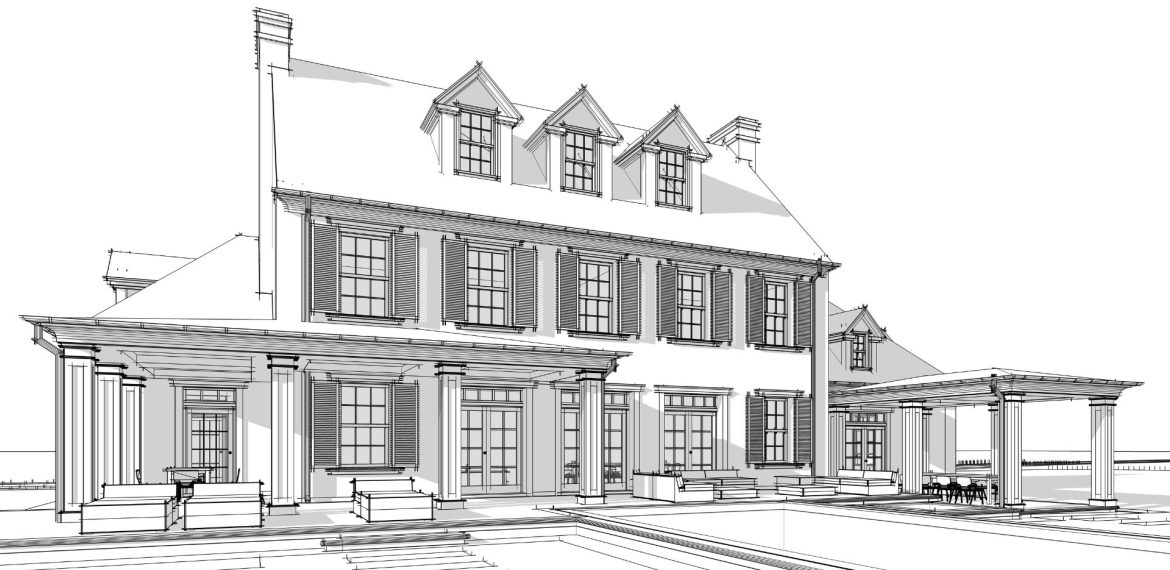In the fast-paced world of interior design, innovation is the key to creating remarkable living spaces that reflect individual tastes and preferences. For the last 20 years, the advent of 3D modeling has revolutionized the way interior design is conceptualized and executed. With many benefits catering to those interested in interior design worldwide, this technology has proven to be a game-changer, saving both time and money while bringing imagination to life like never before, with the improvement of more realistic images every day.
A Leap into the Future
Gone are the days of relying solely on two-dimensional floor plans and sketches to envision interior spaces. With 3D modeling, interior design enthusiasts can now take a virtual walk-through of their dream abode before it even exists. This immersive experience enables them to understand the final design, allowing for better decision-making and creative adjustments. As a result, clients can confidently collaborate with designers, ensuring their visions align effortlessly and reducing the risk of costly modifications, and getting the feeling of being inside the space they are creating.
Time and Cost Savings
Time is of the essence in any interior design project, and efficiency is key to meeting deadlines without compromising quality. 3D modeling expedites the design process significantly, as it facilitates quicker brainstorming and idea sharing between designers and clients. By providing a comprehensive 3D view of the space, any potential issues or design clashes can be identified early on, streamlining the design process and minimizing delays. Ultimately, this leads to faster project completion, allowing homeowners to enjoy their dream spaces sooner. For those with an eye on their budget, 3D modeling offers unparalleled cost-saving advantages. Visualizing the final design beforehand can trim unnecessary expenses, ensuring the project stays within the planned budget. Moreover, the ability to experiment with various materials, layouts, and furnishings virtually allows for informed decisions that maximize the value of each dollar spent. This foresight reduces the risk of costly mistakes or change orders, saving clients and designers valuable resources.
Sustainability and Eco-Friendly Alternatives
With increasing concerns about sustainability, 3D modeling empowers interior design enthusiasts worldwide to explore eco-friendly alternatives effortlessly. By experimenting with sustainable materials and energy-efficient designs in the virtual realm, they can make conscious choices that align with their environmental values. This forward-thinking approach contributes positively to the planet and enables them to create living spaces that promote well-being and harmony with nature.
Personalization and Customization
Every homeowner worldwide has a unique vision for their ideal living space. 3D modeling allows designers to cater to this individuality by offering unparalleled personalization and customization. From selecting specific color palettes to envisioning custom-built furniture, clients can actively participate in the design process, ensuring the result is an authentic reflection of their personality and lifestyle.
In conclusion, interior designers use 3D modeling as a time and cost-saving tool. It enhances the design process, promotes sustainable choices, and empowers clients with unmatched personalization options. By embracing 3D modeling, homeowners can confidently embark on their interior design journey, knowing they are investing in a future that marries innovation, efficiency, and creativity. As this technology continues to evolve, the possibilities for captivating interior spaces are limitless, and the savings in time and money are bound to leave an enduring impression on the interior design landscape. So, whether you’re a professional interior designer or an enthusiastic homeowner looking to revamp your space, a virtual walk-through with 3D modeling is a must-have tool in your arsenal.

